
php editor Strawberry will take you to deeply explore the importance of JAX-RS and XML in parsing RESTful communication. As a standard specification for Java RESTful Web Services, JAX-RS, when combined with XML, can simplify the complexity of RESTful communication and improve the scalability and interoperability of the system. By in-depth understanding of the combined use of JAX-RS and XML, developers can better design and implement RESTful services, improve system performance and stability, and provide users with a better service experience.
JAX-RS and XML: Basics
The JAX-RS specification defines a set of annotations and classes for developing RESTful web services. Among them, the @XmlRootElement annotation is used to mark the class as an XML root element, while the @XmlElement annotation is used to mark the attributes and fields of the class as XML elements. By applying these annotations to Java classes, developers can easily specify the structure and content of XML data.
Parse XML request
When a RESTful service receives a request containing XML data, it needs to parse the data to extract valid information. JAX-RS provides the @Consumes annotation to specify the media types supported by the service, such as application/xml. When a request has XML content, JAX-RS automatically deserializes the XML data into a Java object and passes it as a method parameter to the service method.
Example: Parsing XML Request
@POST
@Consumes(MediaType.APPLICATION_XML)
public Response createProduct(Product product) {
// product 是从 XML 请求中解析的 Product 对象
// ...
}
Generate XML response
Similarly, when a RESTful service generates an XML response, Java objects need to be serialized into XML data. JAX-RS provides the @Produces annotation to specify the media type generated by the service, such as application/xml. When a method returns a Java object, JAX-RS automatically serializes the object into XML data and returns it to the client as a response.
Example: Generate XML response
@GET
@Produces(MediaType.APPLICATION_XML)
public Response getAllProducts() {
List<Product> products = getProducts(); // 从数据库获取产品列表
return Response.ok(products).build(); // 返回 XML 格式的产品列表
}
Using XML documents
In addition to serializing XML data to Java objects and deserializing Java objects to XML data, JAX-RS also supports working with XML documents directly. The @XmlSeeAlso annotation allows developers to specify a JAXB context class to use for a specific XML type or element. This allows the service to manipulate XML documents without explicitly creating Java objects.
Example: Using XML Document
@POST
@Consumes(MediaType.APPLICATION_XML)
@XmlSeeAlso(context = MyContext.class)
public Response processDocument(Document document) {
// document 是 XML 文档,可以通过 JAXB 解析器进行操作
// ...
}
in conclusion
JAX-RS and XML together provide a powerful mechanism for developing and deploying RESTful web services that can easily parse and generate XML data. By using the annotations and functionality provided by JAX-RS, developers can simplify communication with RESTful services and focus on business logic and data processing. This article shows how to effectively use JAX-RS and XML to implement RESTful communications by providing sample code.
The above is the detailed content of JAX-RS vs. XML: Parsing the complexities of RESTful communication. For more information, please follow other related articles on the PHP Chinese website!
 Vue与服务器端通信的刨析:如何处理断网情况Aug 10, 2023 am 10:55 AM
Vue与服务器端通信的刨析:如何处理断网情况Aug 10, 2023 am 10:55 AMVue与服务器端通信的探析:处理断网情况的策略引言:在现代Web开发中,Vue.js已成为一种广泛使用的前端框架。然而,由于网络环境的不稳定性,处理断网情况是一个需要我们考虑的重要问题。本文将分析如何在Vue中处理断网情况,并给出相应的代码示例。一、断网情况分析在网络状况较好的情况下,Vue可以通过Ajax请求或WebSocket与服务器进行通信。但是,
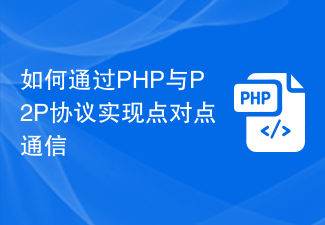 如何通过PHP与P2P协议实现点对点通信Jul 28, 2023 pm 10:13 PM
如何通过PHP与P2P协议实现点对点通信Jul 28, 2023 pm 10:13 PM如何通过PHP与P2P协议实现点对点通信随着互联网的发展,点对点(peer-to-peer,简称P2P)通信逐渐成为一种重要的通信方式。与传统的客户端-服务器通信方式相比,P2P通信具有更好的稳定性和伸缩性。在本文中,我们将介绍如何使用PHP与P2P协议实现点对点通信,并提供相应的代码示例。首先,我们需要了解P2P通信的基本原理。P2P协议允许多台计算机直接
 诺基亚计划以 1.85 亿欧元的价格出售其设备管理和服务管理平台业务Dec 21, 2023 am 08:07 AM
诺基亚计划以 1.85 亿欧元的价格出售其设备管理和服务管理平台业务Dec 21, 2023 am 08:07 AM诺基亚今日宣布,将其设备管理和服务管理平台业务以1.85亿欧元的价格出售给Lumine集团,预计明年第一季度完成根据我们的调查发现,Lumine是一家通信和媒体软件公司,最近从ConstellationSoftware分拆出来。作为交易的一部分,预计会有大约500名诺基亚员工加入Lumine据公开资料显示,这些平台的业务主要是诺基亚通过之前两次收购Motive和mFormation形成的。Lumine称其有意恢复Motive品牌,并将其作为一个独立的业务部门Lumine表示,收购价格包括一笔高达
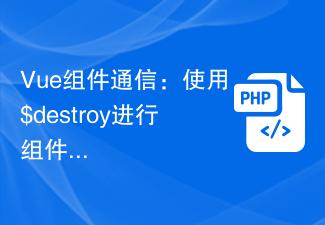 Vue组件通信:使用$destroy进行组件销毁通信Jul 09, 2023 pm 07:52 PM
Vue组件通信:使用$destroy进行组件销毁通信Jul 09, 2023 pm 07:52 PMVue组件通信:使用$destroy进行组件销毁通信在Vue开发中,组件通信是非常重要的一个方面。Vue提供了多种方式来实现组件通信,比如props和emit、vuex等。本文将介绍另一种组件通信方式:使用$destroy进行组件销毁通信。在Vue中,每个组件都有一个生命周期,其中包含了一系列的生命周期钩子函数。组件的销毁也是其中之一,Vue提供了一个$de
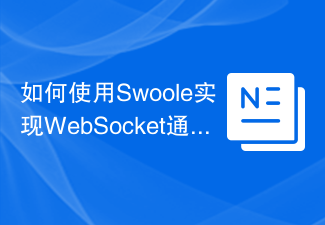 如何使用Swoole实现WebSocket通信Nov 07, 2023 pm 12:56 PM
如何使用Swoole实现WebSocket通信Nov 07, 2023 pm 12:56 PMSwoole是一个高性能的PHP协程网络框架,支持异步IO、多进程、多线程、协程等特性。其中,Swoole提供的WebSocket组件可用于实现实时双向通信,是构建实时应用的理想选择。本文将介绍如何使用Swoole实现WebSocket通信,并提供具体的代码示例。一、环境准备在使用Swoole实现WebSocket通信前,需要确保已安装Swoole扩展。可通
 串行通信和并行通信的区别是什么May 16, 2023 am 11:44 AM
串行通信和并行通信的区别是什么May 16, 2023 am 11:44 AM串行通信和并行通信的区别:1、并行通信指的是并行通信端口,同时传送八路信号,一次并行传送完整的一个字节信息,串行通信指的是串行通信端口, 在一个方向上只能传送一路信号,传送一个字节信息时,只能一位一位地依次传送;2、并行通信是在同一时刻发送多位数据,串行通信用一根线在不同的时刻发送8位数据;3、并行通信发送速度快,距离短资源占用多,串行通信发送速度慢,距离远资源占用少。
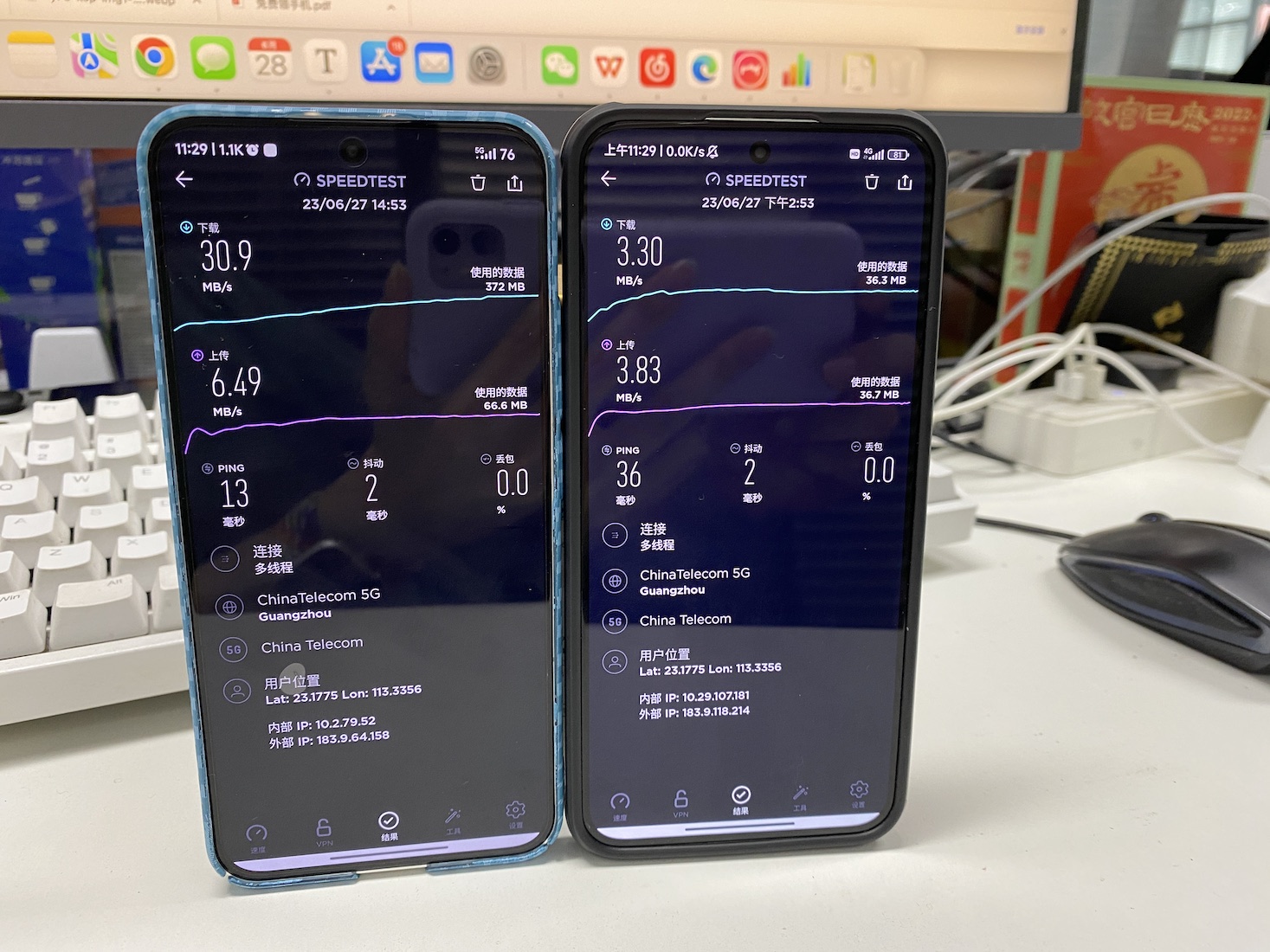 5G通信到来,但是5G体验真的完全超越4G吗?Jan 08, 2024 pm 10:30 PM
5G通信到来,但是5G体验真的完全超越4G吗?Jan 08, 2024 pm 10:30 PM28日,2023上海世界移动通信大会(MWC2023上海)开幕,“5.5G”成为热门主题,华为副董事长、轮值董事长、CFO孟晚舟在大会上也发表了“拥抱5G变革”的主题演讲,她认为5.5G是5G网络演进的必然之路。“5.5G网络下行万兆、上行千兆、千亿联接、内生智能的网络特征已经明确,从5G到5.5G,将更好地匹配人联、物联、感知、高端制造等场景,孵化更多的商业新机会。”对用户来说,5.5G到底意味着什么?我们还不知道。当行业已在讨论5.5G时?早已普及的5G体验到底如何?5G体验争议:真的比4G
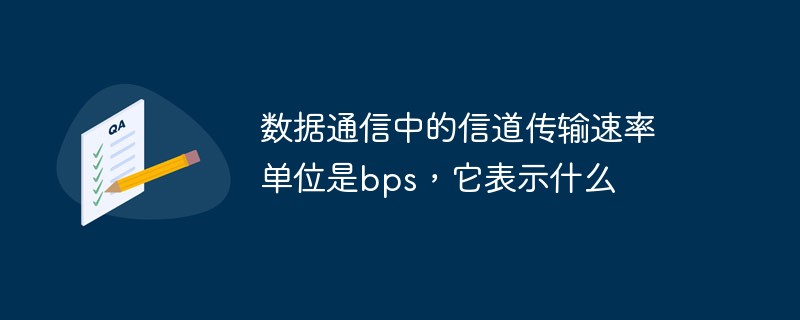 数据通信中的信道传输速率单位是bps,它表示什么Jan 18, 2021 pm 02:58 PM
数据通信中的信道传输速率单位是bps,它表示什么Jan 18, 2021 pm 02:58 PM数据通信中的信道传输速率单位是bps,它表示“位/秒”或“比特/秒”,即数据传输速率在数值上等于每秒钟传输构成数据代码的二进制比特数,也称“比特率”。比特率表示单位时间内传送比特的数目,用于衡量数字信息的传送速度;根据每帧图像存储时所占的比特数和传输比特率,可以计算数字图像信息传输的速度。


Hot AI Tools

Undresser.AI Undress
AI-powered app for creating realistic nude photos

AI Clothes Remover
Online AI tool for removing clothes from photos.

Undress AI Tool
Undress images for free

Clothoff.io
AI clothes remover

AI Hentai Generator
Generate AI Hentai for free.

Hot Article

Hot Tools

Safe Exam Browser
Safe Exam Browser is a secure browser environment for taking online exams securely. This software turns any computer into a secure workstation. It controls access to any utility and prevents students from using unauthorized resources.

PhpStorm Mac version
The latest (2018.2.1) professional PHP integrated development tool

ZendStudio 13.5.1 Mac
Powerful PHP integrated development environment

SublimeText3 Linux new version
SublimeText3 Linux latest version

Notepad++7.3.1
Easy-to-use and free code editor






